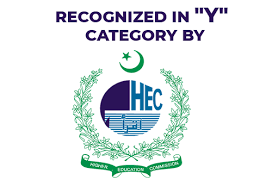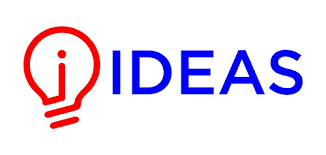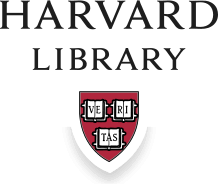Article | Open Access | Published: 15 June 2013
Talent Management as Success Factor for Organizational Performance: A Case of Pharmaceutical Industry in Pakistan
| Views: | 168 | | | Downloads: | 107 |
Abstract:
The purpose of this study is to illuminate the importance of Talent Management Practices for the Pharmaceutical Industry in Pakistan and to impose the organizations for the development and implementation of TM mechanism in the industry that provide tools for achieving sustainable competitive advantages in today's highly competitive environment. Data from the targeted pharmaceutical organizations were mostly obtained personally by researchers through survey questionnaires and structured interviews. The focus of interviews related to top management personnel, human resource experts, and professionals according to availability. The main findings from this research are that talent management practices will increase the performance of the organization. To be successful and gain a sustainable edge recommended that organizations must keep eye on their people and take care of them in all manners. This process needed special attention as much as the goals of the organization because talented people are the most valuable asset for an organization. The essential features to compete and survive in the highly competitive environment the talent plays a vital role in the achievement of an organization's overall strategic objectives and visibly illustrates that the TM practices fully understand and support the direction in which the organization is moving. Data confidentiality policy of organizations, time constraint and unavailability of concerned personnel at the time of interviews were limitations in some cases while gathering data.
Keywords:
Valuable Assets, Career Planning, Competitive Edge, Talent Management, Performance Management
Publisher:
ILMA UNIVERSITY
Published:
15 June 2013
Issue:
Issue 1 : Volume 9
E-ISSN:
2409-6520
P-ISSN:
2414-8393
This is an open access article distributed under the terms of the Creative Commons Attribution CC BY 4.0 license, which permits any use, distribution, and reproduction of the work without further permission provided the original author(s) and source are credited.














